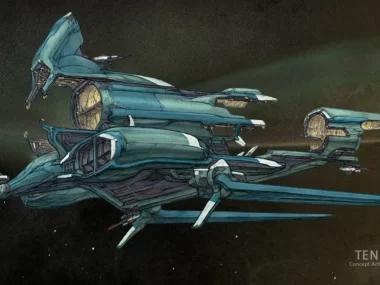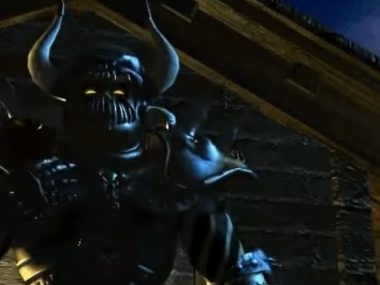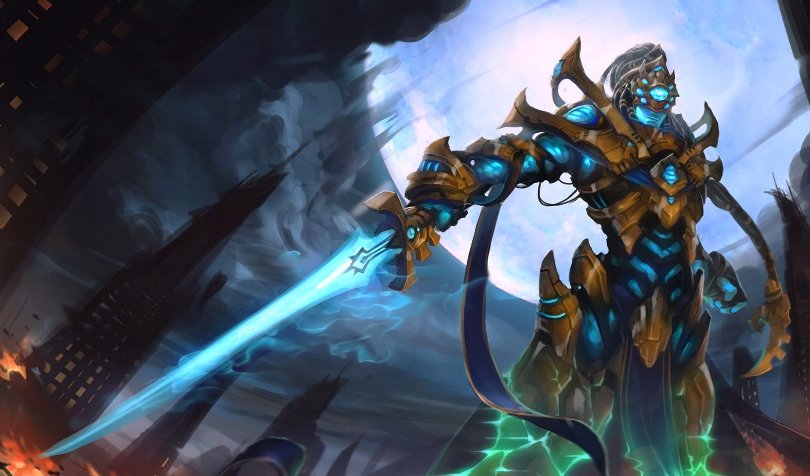⚠️ This article contains spoilers for Diablo III.
I killed Diablo. Again. For the third time!. And while the final fight in Diablo III felt mechanically satisfying, what stuck with me more than the victory was something deeper: the moment I realized how fragile great storytelling really is.
When Good Lore Gets Complicated
Set twenty years after Diablo II, Diablo III drops us into a world still reeling from the destruction of the Worldstone, a magical barrier that once suppressed humanity’s hidden potential. The game opens with a fallen star crashing into the Tristram Cathedral. This draws Deckard Cain and his niece Leah into what seems like another classic battle between good and evil.
But Diablo III doesn’t tell a straightforward tale. It’s a twisting, often disjointed journey through betrayal, resurrection, and warfare. You hunt down cultists. You trap demons. You mourn Cain. You think you’re winning.
And then it all flips.
The Betrayal That Broke the Magic
Let’s walk through the emotional gut-punch. You’re led to believe Leah is Cain’s heir. Smart, brave, and full of untapped potential. You help her rescue her mother, Adria. You trap the seven Lords of Hell in the Black Soulstone.
Then Adria betrays you. She sacrifices her daughter to resurrect Diablo, the Prime Evil, now carrying the essence of all seven Great Evils. Cain suspected something was off but said nothing. And Adria walks away without consequence.
Wait…what?
Cain, the moral compass of the Diablo universe, knew Leah could be Diablo’s vessel? And he said nothing?
When Plot Twists Undermine Character Integrity
This is where the story unravels. A twist isn’t clever if it breaks the internal logic of a character. Cain was a scholar and mentor devoted to protecting Sanctuary. For him to stay silent about Leah’s lineage, especially while dying, doesn’t feel right.
It wasn’t just a plot twist. It was a character assassination.
Adria’s betrayal might have landed harder if her motivations had been seeded more clearly throughout the story. Instead, it feels like a convenient swerve to set up a final boss. And while Leah’s transformation into Diablo is visually shocking, it retroactively devalues her role. Her arc is reduced to being a vessel. A disposable pawn in someone else’s plan.
The Ending Leaves More Questions Than Closure
You defeat Diablo. Sanctuary is saved. And Tyrael, the angel who gave up his wings to help humanity, returns to the High Heavens as the Aspect of Wisdom… now mortal.
WHAT? Why Tyrael? Why does he get the redemption arc Cain deserved? Why can mortals ascend to Heaven now? And how does the Black Soulstone keep surviving catastrophic events only to create the next one?
These aren’t just loose ends. They feel like missed opportunities for emotional resolution. Cain’s legacy is buried under unanswered questions. Leah is erased. And Adria disappears into the ether, free to plot again.
The Bigger Issue: When Story Serves Sequel Hooks, Not Players
Here’s the deeper problem: Diablo III’s story doesn’t collapse because it’s complex. It collapses because it prioritizes cliffhangers over consequences. Great storytelling requires more than shocking twists. It needs emotional throughlines, character consistency, and payoffs that resonate.
Instead, the game feels like it’s holding back, hedging bets, and banking on future expansions to justify what doesn’t add up now.
Plot Twists Should Deepen, Not Derail
I still enjoyed playing Diablo III. But as a fan who cared about its characters and lore, I left the game feeling conflicted. I didn’t mind that the world was dark. I expected that. What I didn’t expect was to feel betrayed by the very story I was invested in.
Surprise can be powerful. But if the twist undercuts a character’s soul, it’s not just the plot that suffers. It’s the player’s trust.
📌 Changelog
- June 5, 2025: Article re-written to add additional information about the story.
- June 13, 2012: Original article posted.






